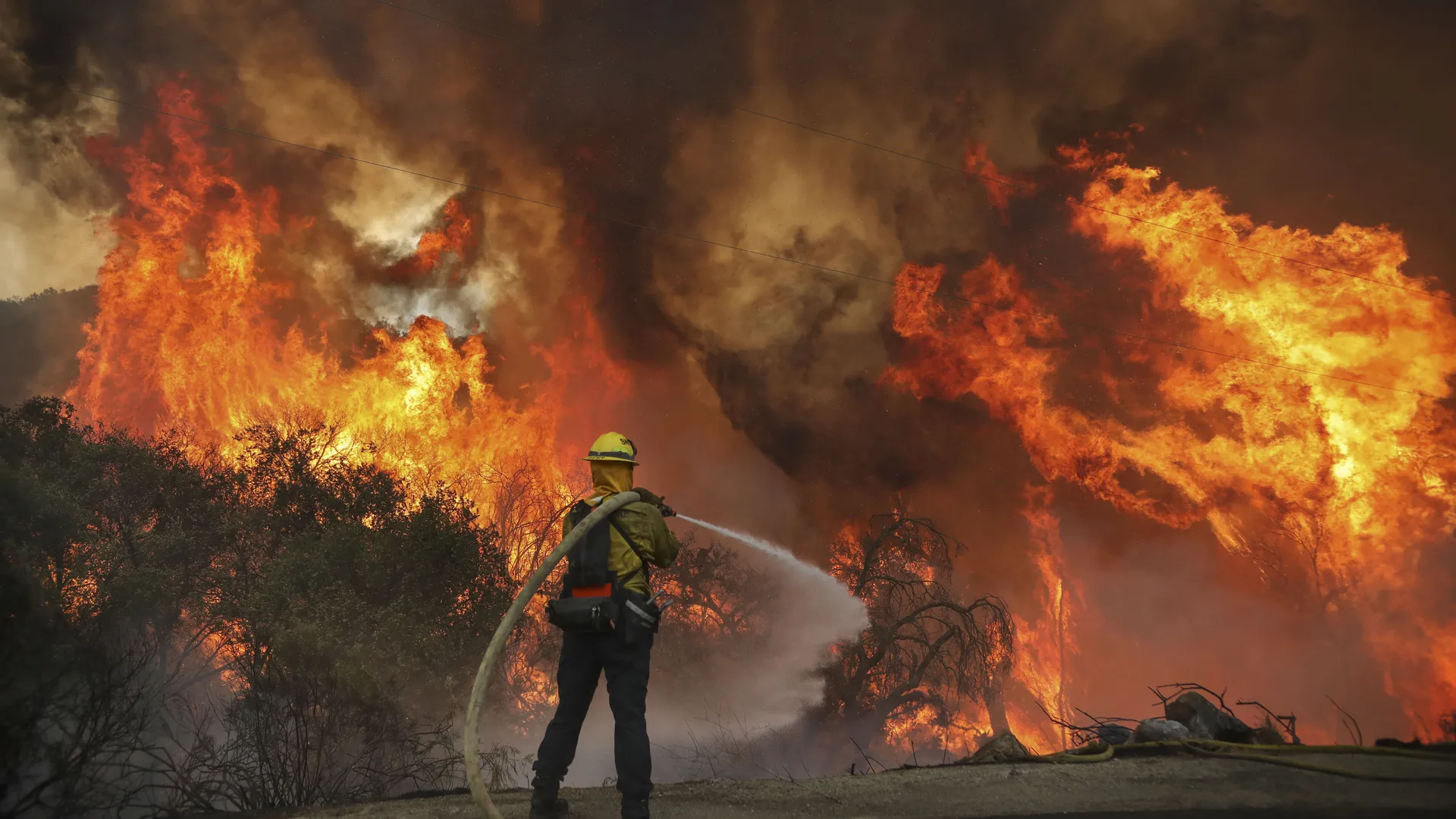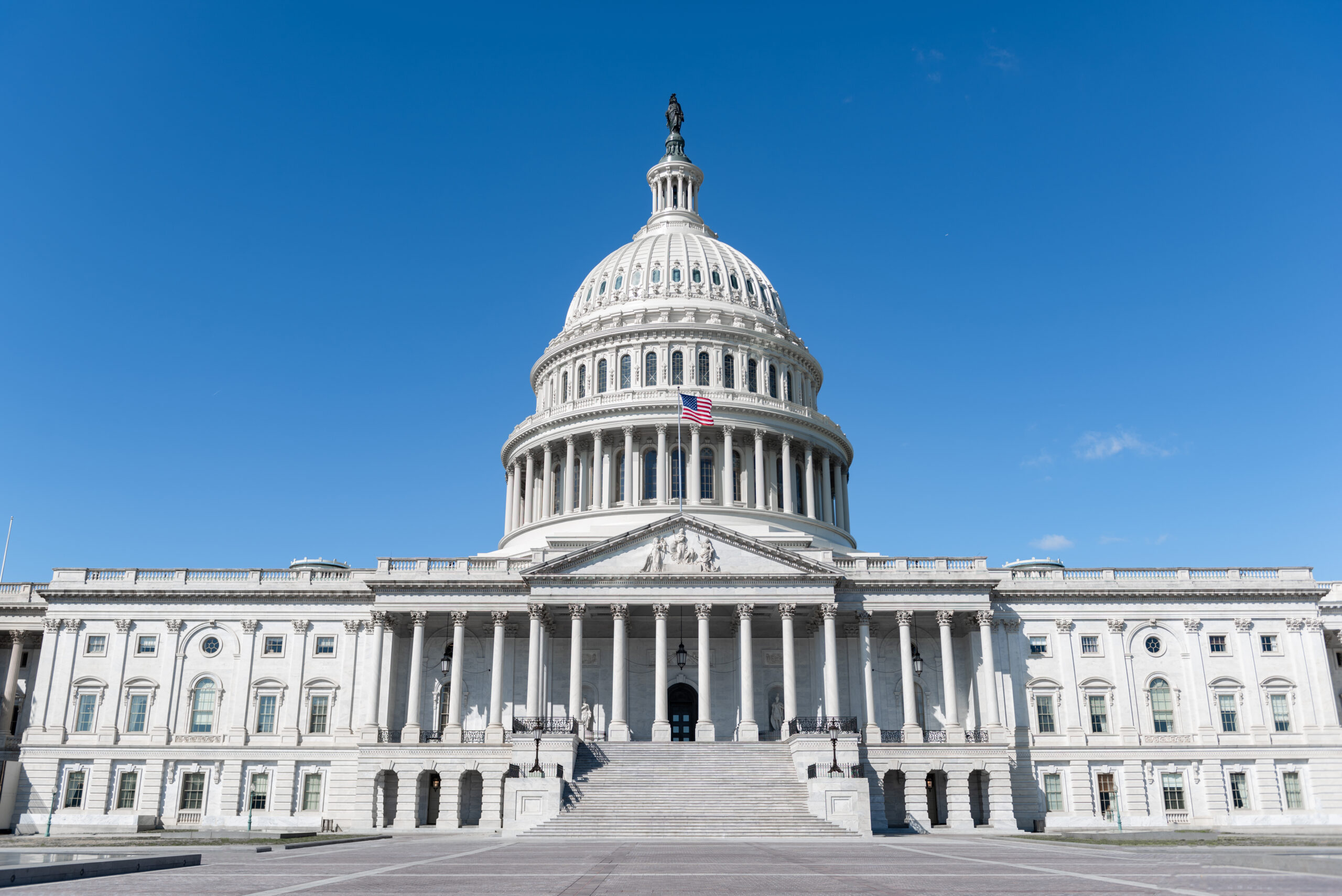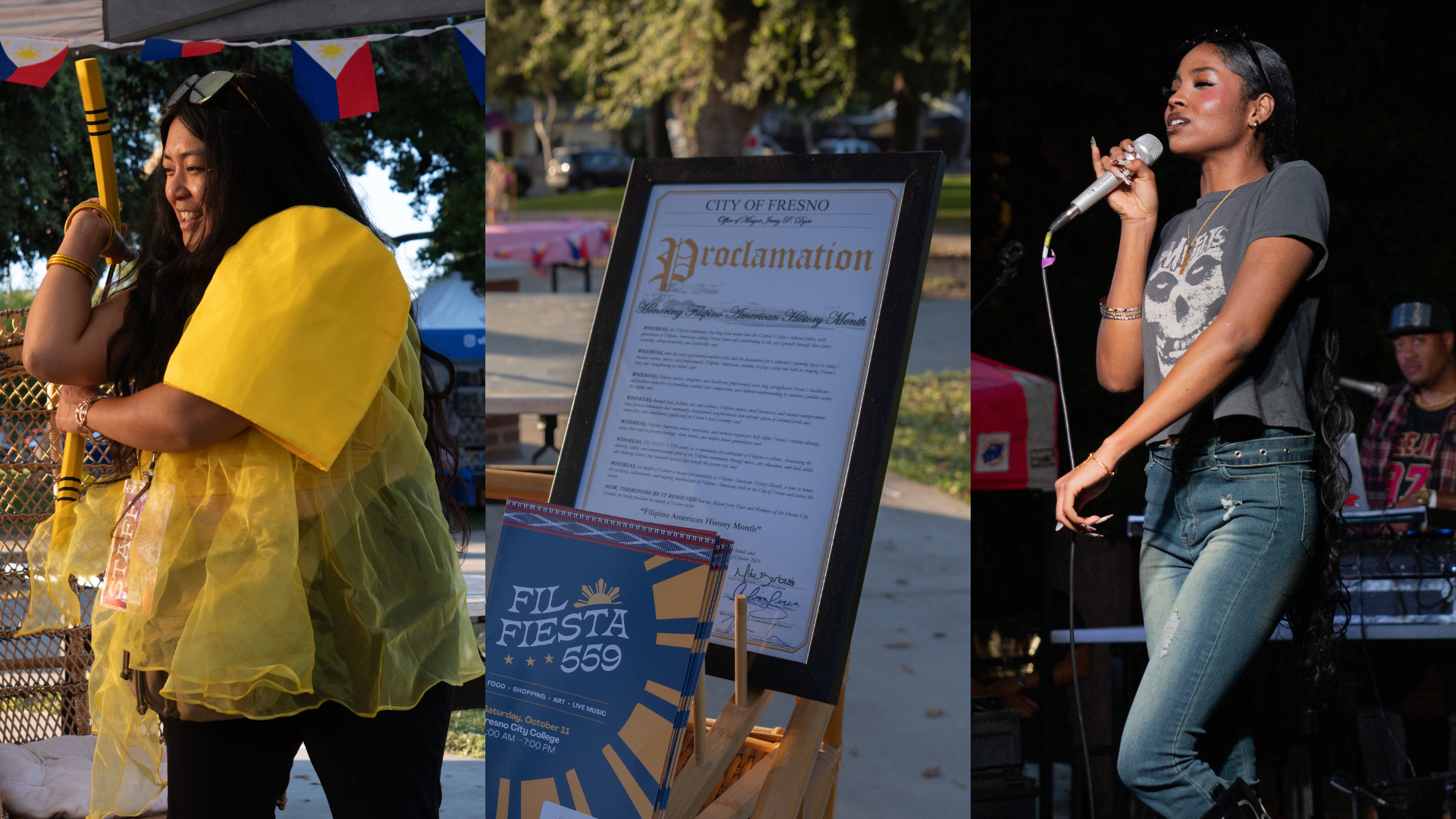
As summertime in California makes its rounds, so does the deadly threat of wildfires.
A term coined in the 1950s, “wildfire season” refers to the dates of the first large fire and the last large fire control. It is generally considered to last from late spring through fall, with the peak occurring in August.
Though it is not limited to California alone, California has been known for its particularly disastrous wildfire season due to its dry summer climate, Santa Ana winds, and large, dense population. Every year, wildfires take thousands of Californian lives and displace thousands more. Even more worrisome, this number only seems to increase as the years go on.
The impact and duration of the wildfire season has rapidly increased since its emergence in the 1950s. With every passing year, temperatures get higher, summers get longer, and fires wreak havoc upon larger areas. This directly depicts climate change in California. Already subject to drought and otherwise extreme climate conditions, California’s environmental problems have only been exacerbated by the unnaturally warm world we live in today.
According to an article on climate.gov, the Earth’s temperature has increased by an average of 0.11 degrees Fahrenheit per decade since 1850, or about 2 degrees Fahrenheit in total.
This may seem insignificant but think of it in the context of your own body. With an internal temperature of 98.6 degrees Fahrenheit, you’re resting comfortably. However, get just two degrees warmer, and you’re coming down with an unpleasant fever. The Earth is undergoing this every year; it is getting sicker and California is experiencing the symptoms.
Wildfire season takes its toll on all of California, but the Central Valley experiences some of its most profound aftermath. If you live in Fresno County, you’ve likely noticed the worsening air conditions over the past decade. Fire-induced pollution becomes most abundant in the Central Valley. Its location in the lowest point of California makes it prone to smog and its hazardous implications.
Central Valley residents have grown familiar with wildfire pollution’s health and social impacts. Especially affecting those with asthma and other preexisting respiratory issues, wildfires have made it nearly impossible to enjoy summer. No one wants to go to the mall or have a bike ride when a heat stroke or an asthma attack is imminent.
“I think low-income populations suffer more from the effects of the wildfire season,” said 17-year-old Isabella Garcia. “Without the resources to help combat the unfortunate results of wildfire season, these communities face a multitude of hardships.”
Low-income populations, rather common in the Central Valley, are statistically more prone to the negative effects of wildfire season than their high-income counterparts. While it may be true that all Californians suffer the heat and pollution caused by wildfires, low-income communities are less likely to afford the healthcare, housing, and jobs necessary to negate these effects. Low-income field workers, for example, are among the first to suffer the consequences of wildfire smoke and among the last to obtain the resources necessary to avoid them, if at all.
Jolette Crisostomo, 18, said, “I think that out of everyone, younger generations are a lot more vulnerable to wildfires.”
Children’s underdeveloped respiratory systems in conjunction with their active dispositions leave them more prone to health risks associated with wildfires. Children have already been found to suffer asthma attacks more severely and more frequently with the emergence of wildfires. As wildfires worsen, it is unlikely that any Californian child will be able to live fulfilling, pollution-free childhoods if we do not start making a difference.
So, what can we do to combat wildfires, as Central Valley residents, Californians, and as inhabitants of the world?
Garcia stated, “We can take more preventive measures and abstain from dangerous trends like extreme gender reveals that can result in wildfires.”
Though fueled by droughts and climate change, over 85% of wildfires are initiated by human activity. This includes things like campfires, fireworks, and yes, even gender reveals. Educating people on fire safety is one of the most important things we could do to prevent wildfires and limit their impact.
Crisostomo and Garcia admitted to being mildly uninformed on wildfires and their solutions, and this is to no fault of their own. There has been a severe lack of coverage on wildfires in the media, especially in 2024. They are being regarded as “normal” and “expected.” If this remains, we will never see the change we need. We must start addressing it directly, explaining to audiences that while they may feel small, they can make a difference.
Practice fire safety, acknowledge climate change, and advocate for anti-climate change policies. Vote for representatives that will do the same. With this, we can strive for a pollution and fire-free California.


